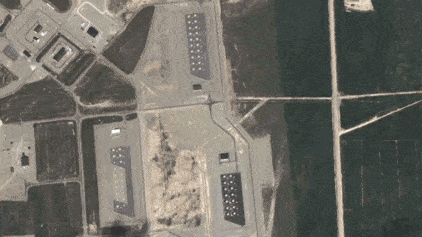Should North Korea fire a long-range ballistic missile in anger, America’s only line of defense is an integrated system of interceptors and sensors known as the Ground-based Midcourse Defense system (GMD). The program currently provides a thin layer of defense against small-scale attacks of relatively unsophisticated missiles. This level of protection, however, will be strained unless the United States takes steps to improve the system’s reliability, capacity, and capability.
This need applies particularly to the Ground-based Interceptor (GBI) itself. Perhaps the most recognizable component of U.S. homeland missile defense, a GBI includes the booster rocket that propels it into space and an Exoatmospheric Kill Vehicle (EKV) that hunts down and collides with an incoming warhead. Some 37 GBIs are currently deployed in Alaska and California, and that number will rise to 44 by the end of 2017.
The Missile Defense Agency (MDA) has recently laid out a plan to address some GBI issues, but that roadmap in some ways falls short relative to emerging threats.
Read the full article on Defense News.
